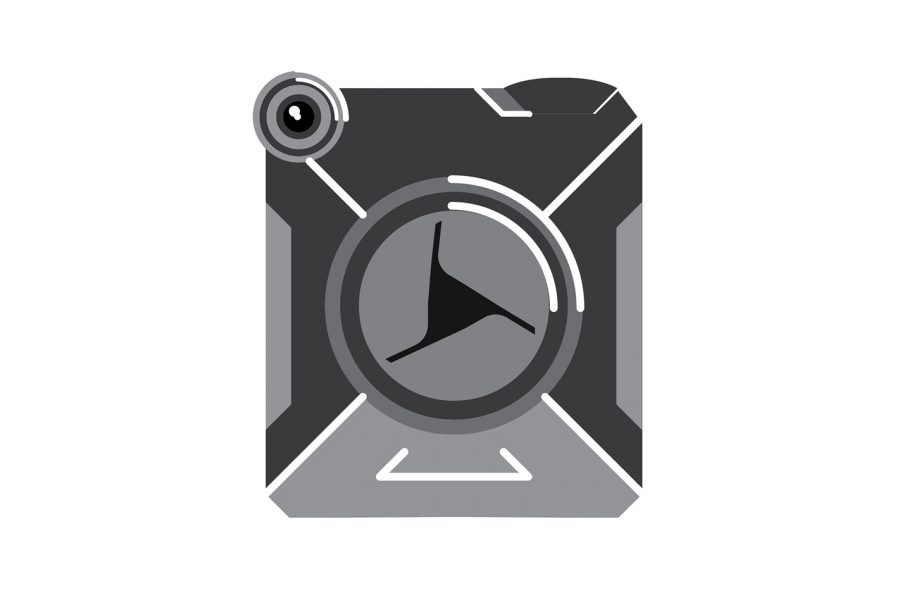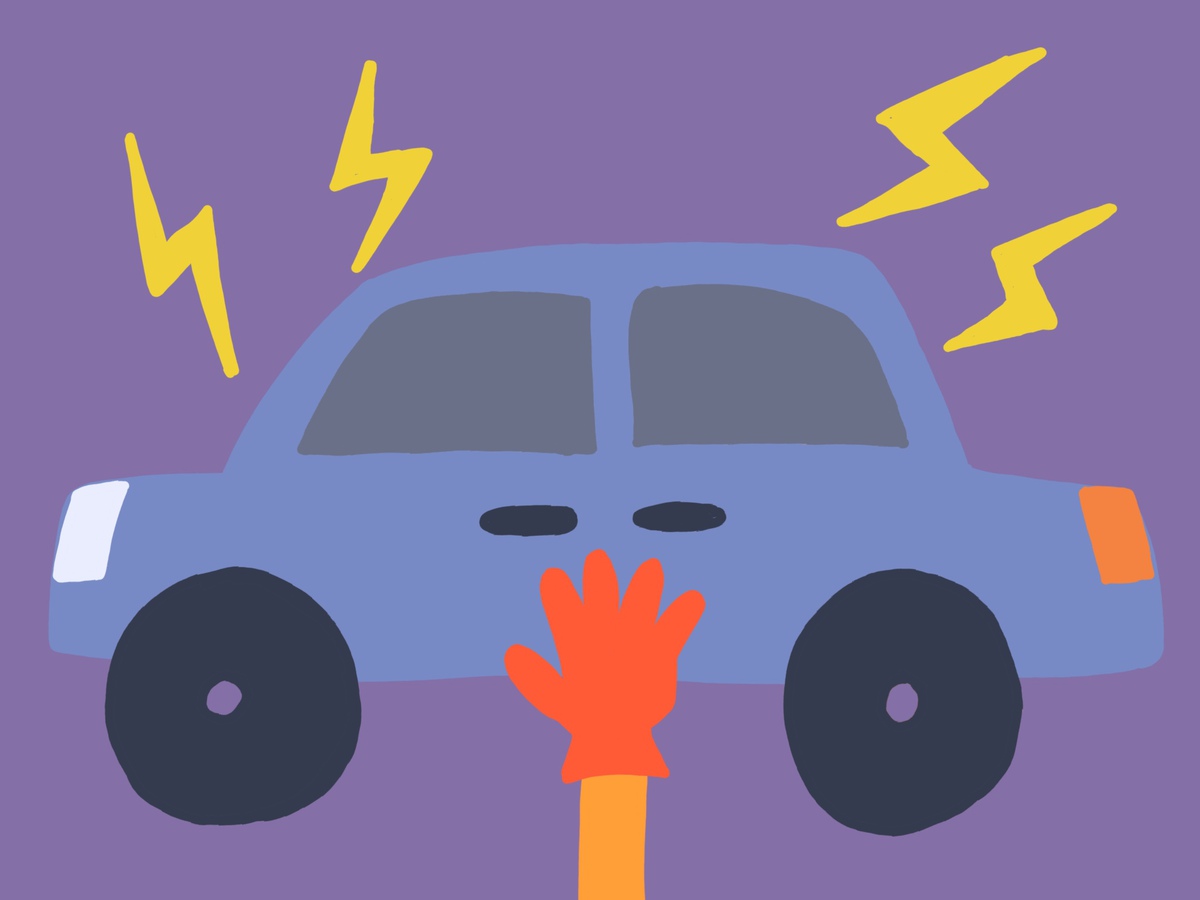The UT Police Department has given 20 more body cameras to its officers since last year, and dashboard cameras have been added to every patrol car.
In 2017, UTPD initially purchased 80 body cameras for its officers after signing a five-year, $450,000 contract with Axon, a public safety technology company. UTPD has been gradually adding more cameras since the contract was signed.
UTPD Lt. Greg Stephenson helped test body cameras for UTPD in 2015 and said he knew they had found a perfect candidate when they tested Axon. Stephenson said the one thing that made Axon stand out was its
“drop-and-walk” solution.
“When an officer comes in at the end of their shift, they can take the camera and drop it into a charging download bank, and that’s all they have to do,” Stephenson said. “(The footage) will download and automatically be categorized. With most of the other cameras … an officer would have to plug in their cameras and manually start downloading and categorizing their footage.”
Footage from Axon cameras is secure and cannot be deleted or altered. Once downloaded, the footage is sent to a secure storage server where routine files will be retained for 90 days and files related to criminal investigations will be kept for one year or longer, according to a UT press release in 2017. Body camera footage for open investigations and for instances where no crime occurred is generally unavailable to the public.
“It’s important to have these cameras from a law enforcement standpoint and also for transparency,” Stephenson said. “We’ve never had to worry about a he-said-she-said situation when we have documentation of these occurrences. It helps us with our reports, it helps with court cases and it also helps us gauge how our officers are doing.”
UTPD supervisors review body camera footage weekly to coach officers. Officers such as Chief David Carter do not use the cameras on a day-to-day basis, but patrol officers rely on the cameras heavily during calls. The cameras are activated only when responding to these calls.
Chas Moore, an activist with criminal justice reform group Austin Justice Coalition, said the police should be more accountable with their cameras.
“Especially after the Ferguson and Baltimore risings, there’s been very muddy waters between community civilians and police departments,” Moore said. “What we want to be able to do is protect the rights of victims. While we do think that body cameras can be a great, transparent tool, we also have to think about the unintended consequences when victims are recorded and criminalized.”
Delaney Davis, government and Spanish sophomore, said body cameras can help police with accountability but will not be a fix-all solution to police issues.
“I see police cameras as helping more to have evidence in the case of police violence,” Davis said. “Perhaps it could improve mutual safety, but I think more needs to be done than simply giving police body cameras. I think the police force should totally undergo some sort of diversity training, which I hope they’re already doing.”





















